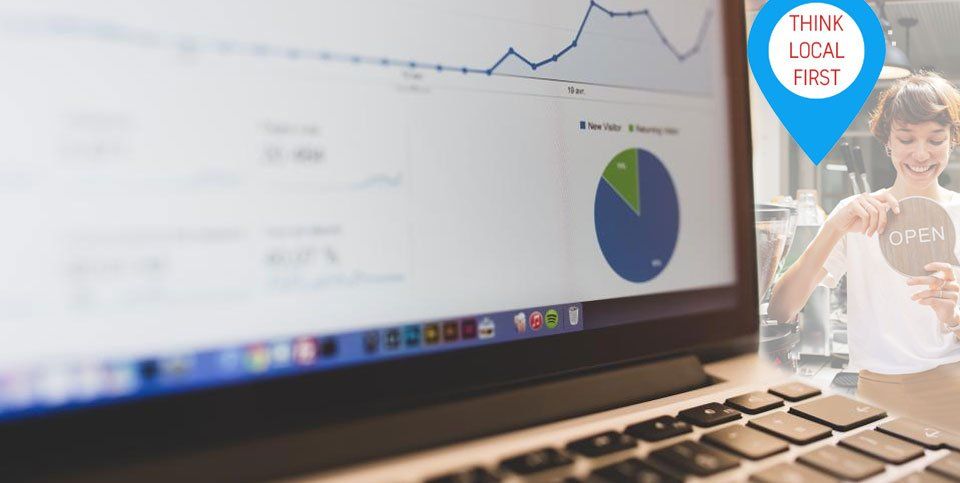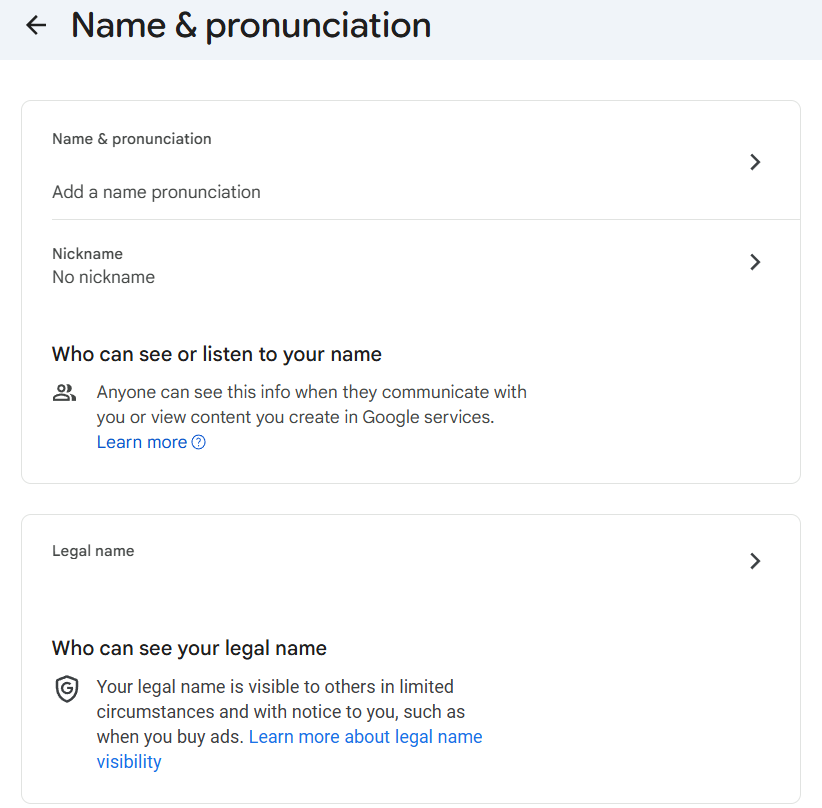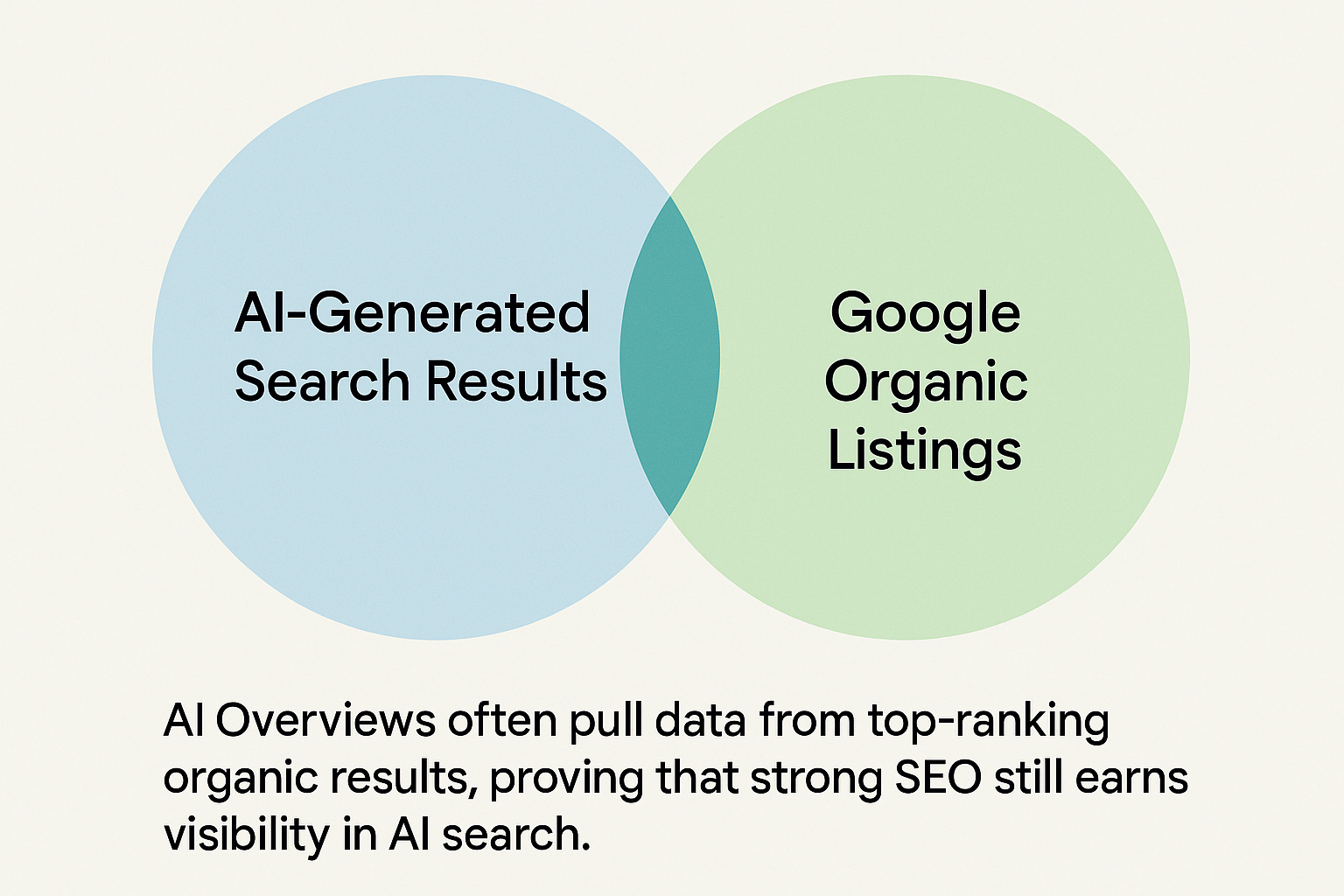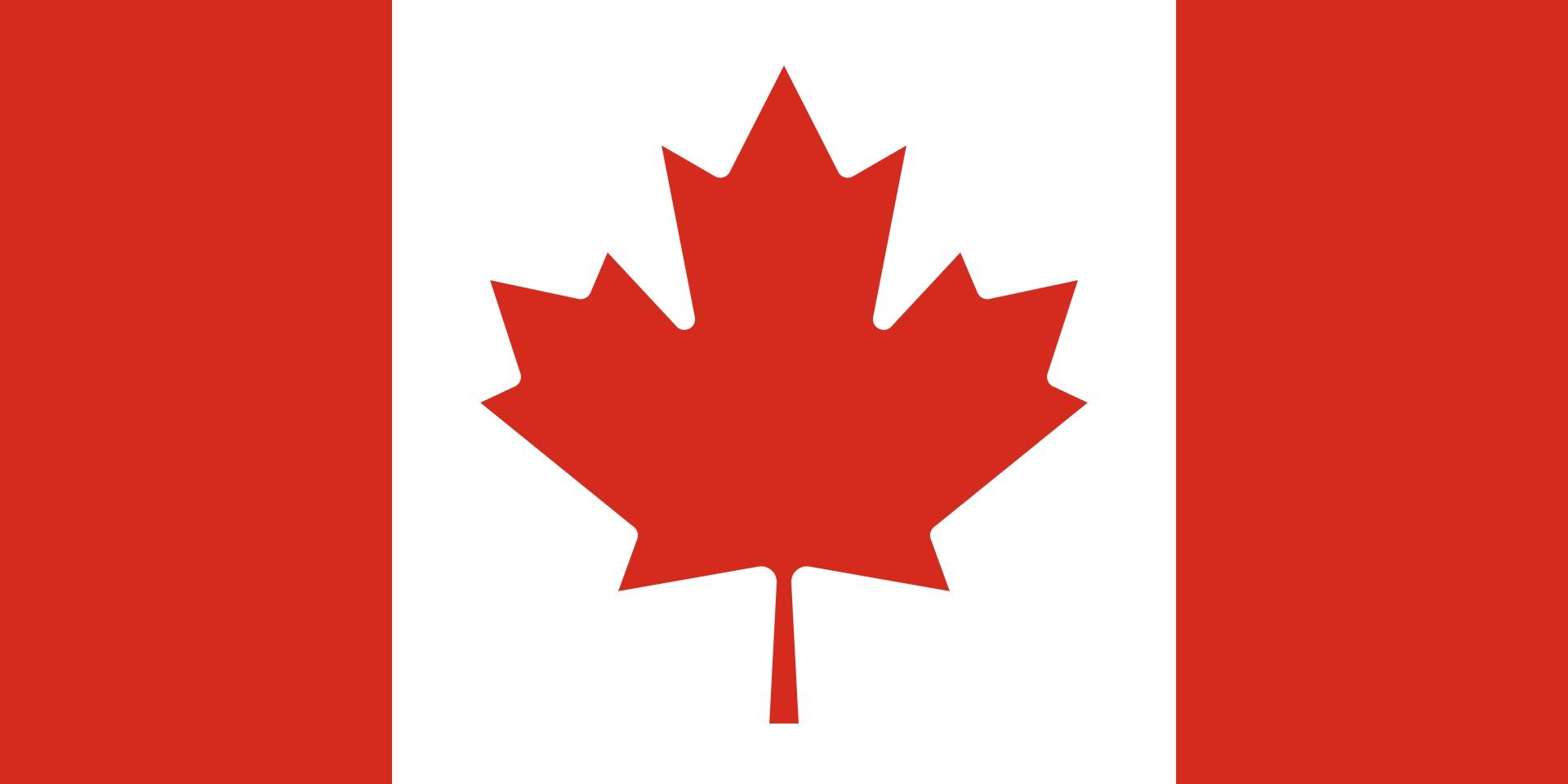The Definitive Local SEO Guide: Achieve Ultimate Business Optimization By Mastering Local SEO
With over 46% of Google searches looking for local information, you can’t ignore how important local SEO is today.

Think about the last time you searched for a coffee shop, hair salon, or printing office in your immediate area. Chances are that you used a search engine like Google to look for local businesses and were most likely overwhelmed by the wide variety of options out there.
Now look back on that memory from the perspective of the local businesses themselves. It’s natural for customers to prefer products and services offered within their local communities, so what can you do to stand out in your small town, city, or region?
When customers search locally, they are probably already late into the purchasing process and are more likely to convert than anyone else. That’s why optimizing for local SEO is considered essential for companies operating in these small communities.
So what can you do as a local business to capture the attention of willing potential buyers in your area? Let’s get into the mechanics of local search results online and what a business owner can do to give those searchers exactly what they’re looking for.
First, a Little Background
We need to back up first and talk about the context behind search engine optimization. For instance, what happens “behind the scenes” every time you enter a search query into Google?
How Online Searching Works
It’s worth understanding exactly how Google operates, especially in a localized context. In the past, a search engine would take your query and find websites with keywords that matched with it. Over time, the engines became smarter and started looking at the search intent, and how websites link to each other to determine which ones were the most trusted and provide the searcher the best search results
Today, there are dozens of factors engines like Google use to rank search results. Google specifically uses a central Index and search crawlers to achieve its rankings:
- A “crawler” navigates through websites and collects the content within.
- This information is then deposited into Google Index, a repository for stored copies of websites used to determine search rank.
- When it comes to actually ranking search results, Google uses an algorithm that takes into consideration over 200 ranking factors, from relevant keywords, keyword density, topic depth, inbound linking, and many others.
SEO is the act of optimizing the digital footprint of your business to encourage that algorithm to rank you over the competition.
What About Local SEO?
Another important factor in the algorithm is search proximity. If you search on Google for “Italian restaurants” at your workplace, for instance, you will get places around the office. If you make that same search at home, you’ll get a different set of results near your house instead.
Local SEO is the practice of optimizing your website and the general online presence of your business to increase traffic and brand awareness in local search results, and it’s a lot more complicated than it sounds. Local search engine optimization matters because:
- Almost half of all Google queries have “local intent” according to a 2018 event at the headquarters of Google itself.
- Local searching is incredibly popular, with 97% of users claiming to have used it to find nearby businesses before. And with the advent of mobile devices, the importance of local SEO is higher than it’s ever been.
- Local SEO might even increase in-store sales too, as 3/4ths of users who search for a local business end up visiting the brick-and-mortar location later that day.
Because search engines use a different set of factors for local compared to general results, local SEO campaigns need their own considerations to be done right. It’s also why hiring a local SEO company might be a smart choice for some organizations.
What You Can Do For Your Website
The first step towards generating organic local traffic from Google is perfecting the content of your company website. There are several local ranking factors to think about for this purpose.
Local Keyword Research
Any online marketing professional can attest to the importance of keyword appeal in online commerce. Stuck looking for a winning set of local keywords? Some tactics are:
- Google autocomplete. Finding keywords is as easy as using search suggestions on Google. For instance, typing a basic term like “restaurants” gives you plenty of options for more specific terms, such as “Italian” or “BBQ.”
- Google Keyword Planner. You can also pick up Google Keyword Planner (GKP) to gain statistics on search volume per keyword for your local area. It’s an excellent tool for when you already have a list of keywords and want to pick out the most effective ones. You can also filter based on location to get an idea of what potential customers in your current region are looking for.
- Combine the service with the location. Look at what your business offers, whether it’s food service or landscaping. Then combine it with the name of the local area. “Landscaping in Chicago” is one example of a keyword.
- “Start with a website.” Alternatively, use the GKP “Start with a Website” function to gain access to new keywords. Type in a competitor URL and generate a list of potential keywords to consider.
Make sure that your keywords not only describe your specific offering but also attribute it to the local region for best results.
Voice Search
Did you know that a fifth of all mobile searches are done through voice now according to Google? Compared to text searches, voice queries similarly use specific keywords but:
- Tend to be longer
- Use long-tail keywords
- Contain natural language
These searches are difficult to optimize for, but it’s worth keeping them in mind. Voice queries also might take the form of questions, so be ready to answer the traditional “who, what, when, why” queries.
Another aspect to pay attention to is user intent. Most people making voice searches want a quick answer. Make sure small bits of vital information like opening hours are readily available.
Create Content
Site content is at the heart of your SEO efforts, as any potential customer will be visiting the site at some point during the interaction. Our team of local SEO experts at CCC will put together a strategy for a successful local SEO campaign, leveraging on what has worked for our customers in the past and using best SEO practices.
Here are a few more pointers to guide you with content creation?
- Make all content unique and engaging. Topical quality content that is well written, informative and in depth, helps increase business trustworthiness and your online authority. Even if your business operates in multiple cities and has a webpage for each location, it’s still worth ensuring all content is entirely unique. Duplicate web pages are bad news for the search engine algorithm, and you’re missing out on a chance to appeal to multiple locations in your SEO.
- Have a page for every location. In the same vein, include in each location-specific page the store hours, the address, contact information, customer testimonials, and any current promotions.
- Avoid too much general information. Since we’re focusing on regional appeal, don’t be afraid to promote local news and events related to your industry on a site blog. Even content at the top of the sales funnel can help you out and make your organization seem like an authoritative resource.
- Place your location keyword right at the top, preferably wrapped in an H1 tag. Most visitors will want to know instantly whether your company specifically serves their areas.
- Optimize the content for every page on your site, not just the landing. If you offer multiple services or have many locations, have a page for each and work on the local optimization accordingly. You gain extra opportunities to find new potential clients.
- Include a Google Maps module. Nothing emphasizes your dedication to serving locally than including a Google Maps module on your website. Find your business on Google Maps, hit the dropdown menu, and select “Share or embed map.” It’s a quick way for visitors to get instant directions.
Having a unique, diverse set of website pages with localized search engine optimization applied to each greatly raises your chance of being on top in the search results.
Tweak Meta Content
Meta content refers to all the extra elements used to show search engines and visitors what a website is about. Take a look at a Google results page. Each entry has a Title Tag that operates as the link as well as a meta description right below providing a basic summary of the page.
Local SEO can be applied here too. While there is no actual limit on the title tag’s length, keep in mind that anything longer than 60 characters will be cut off with an ellipses by Google. Also, have your homepage appeal to as many relevant keywords as possible (for instance, your most popular services or products). More of your potential clients will have found you via homepage, after all.
For the meta description, don’t just stack together a bunch of keywords; make it sound like a natural description. Feel free to consult the meta descriptions of competitors to get an understanding of what works best. Notice how most of them likely have the name of the local city of town included.
Perfect the Link Building Strategy
Google cares about the links between sites just as much as the content itself. There are two types of ink building to consider: internal linking within your own website and external links leading to your website.
Since you have full control over internal linking, create a link building strategy so that:
- Website navigation is easy and intuitive.
- Information is properly organized throughout, and has a logical flow from one page to another.
- Every page has a chance to be ranked in a search engine.
- Users spend more time on your website.
External links show that you are relevant to the industry and serve as a source of authoritative information. Having excellent content naturally brings you inbound links, but you can accelerate the process by:
- Offering sponsorships or partnerships with related businesses. Your network might already include trade associations, vendors, affiliates, and others.
- Reaching out. Start a webinar, community event, or other way to build relationships with influencers.
- Becoming a guest blogger. Talk about others in your industry and act as an active member in industry discussion.
Keep in mind that you are more than just an isolated company. You participate in the discussion, both in your industry and in the community.
Optimize Your Website for Mobile
There are countless studies regarding the prominence of searching on smartphones, tablets, and other mobile devices. One study from Hitwise proves that 60% of all searches occur on mobile devices, so it makes sense that your website must be mobile-ready.
Most business web design agencies have mobile formats at the ready. These are responsive websites designed to load quickly, use big fonts, condense the content, and use an appropriate touch-based UI.
Take a look at how we've helped local and national brands create responsive websites and optimize their online presence.
Local SEO Strategy Is More Than Building a Website
The work of our local SEO agency doesn’t end with optimizing your company's website. There are many local search marketing services and essential steps to take with both Google and other external forces that increase your search rankings and improve your online visibility attracting local web traffic and leads that are ready to buy.
Understanding “The Local Pack”
Anyone who's performed a local search using desktop computer, mobile search can recognize the Google “Map Pack,” also known as the Local Pack. This box at the top of the search results shows a snippet of a Google Maps screen with a few rows of businesses below it. Underneath are the organic search results.
The Local Pack is really just an indication of how well you are doing on the local SEO front. It’s incredibly volatile, changing greatly depending on where the search is being made. That’s why local SEO services are always granular in their efforts.
Google Business Profile (formerly Google My Business)
No guide to search engine optimization would be complete without a lengthy section on Google Business Profile (GBP). Google maintains this system of individual business profiles for users to find all the services they need, especially locally.
A
Google business listing is essentially a way for Google to verify all the information it offers regarding businesses. A business owner is expected to contribute to building the business profile, and it’s worth it given the massive SEO benefit.
At Conscious Commerce, our process begins a GPB audit and setup, and verification that you own the company. For business validation purposes Google sends out a postcard with a unique code. Upon receiving the postcard by mail you will be verifying your business online.
Here are some ways to improve GBP standings?
- Have a complete profile. When designing a Google Business Profile, Google will let you fill out a few blanks. You want to complete your business info as much as possible here, including business category, businesses' physical location, the products and services you sell, and many others. Add some business-related photos showing what you do, your local office, the office staff as well as your logo.
- Specify the business model. Are you a traditional brick-and-mortar business? Or a multi-practitioner business? Or even a mobile one like a food truck? Give GBP a sense of the nature of your product or service.
- Ensure consistent and accurate business information. Whether it’s on your own “About Us” page or on Yelp, Google checks everywhere for essential data points like your exact address and contact information, hours of operation. Make sure it’s all accurate and in the same format. Even a change from “St.” to “Street” can confuse the algorithm a little.
- Share your profile on social media. Google actually does consider social media integration a positive for GBP standings. You can also publish status updates through the GBP dashboard itself.
- Always encourage customer reviews. Studies show that the vast majority (93% in this case) of customers believed that online reviews influenced their purchasing decisions. We’ll discuss more about reviews in the next section.
Another important aspect of local SEO is to make sure you list all your business locations in your Google Business Profile, so your business shows up in the relevant searches within your area, or you risk frustrating your loyal customers. In fact, you can think of GBP as a tool to build up the customer experience just as much as a tool to help you with business visibility.
Online Customer Reviews
Google Business Profile also contains a section for customer reviews, one of the top ranking signals. While you clearly need more positive reviews, remember to reply as a business to all reviews. A responsive company is a trustworthy one in the eyes of customers and the search engine itself, and a well-written response can take the bite out of a negative review.
Also, encourage customers to leave reviews. You’d be surprised how far a simple reminder can go, whether it’s a post-purchase request or an email/text message. Make it easy to write the review by generating a review link from Google.
NAP Citations
NAP stands for “name, address, and phone number.” Those three points should be 100% accurate and formatted consistently everywhere on the Internet. The more places Google can confirm that your NAP data is correct, the more confident it is. Plus, it helps improve the customer experience when visitors can actually find your business.
Our local SEO experts start by running a thorough local SEO audit and take the necessary steps to correct any inaccurate NAP listings in the online directories and optimize your Google Business Profile for your target location or service area, keeping in mind that some sites may require you to contact someone else to do it for you.
When including NAP on your site, don’t make the mistake of putting it into an image. Only plain text is ideal for search engine crawlers.
What You Can Do For Your Local Community
The most fun part of local search engine optimization is what you can do in real life to promote your business. Local link building is a way to boost brand recognition that doesn’t necessarily involve the Internet. It’s actually unique to local businesses, as you have access to a small, close-knit community that other companies might not have.
Networking with Other Local Organizations
Everyone starts with a basic network of suppliers, contractors, and distributors, but why not get in contact with neighboring businesses as well? Even a cold email can go a long way.
Think about other company websites and find places where a link to your business would make sense. A landscaping contractor, for example, might have a list of favourite distributors somewhere.
And don’t forget the local events. Sponsoring a local event with either money or your own services is an excellent way to build community awareness and stay in front of your ideal customers. Most non-profits have a page with links to supporters right on their websites.
Consulting with News Agencies
Local newspapers are always on the lookout for new stories. That’s your queue to offer up any potentially interesting local events related to your business, such as an anniversary or grand re-opening. Of course, you’ll need to allow a few days to prepare and write the article.
It’s not uncommon to see journalists straight up offer to talk with an industry professional on social networking sites like Twitter, for instance.
Talking About Local Events Yourself
Create blog posts or other content for local news stories and events. Speaking directly to your regional customer base helps build your business as a member of the community.
The idea of this local PR is to contribute to community activities while getting your brand name out there so that interested visitors might become future customers.
Choose an award-winning Digital Marketing Agency
As you take your first steps on your localized search engine optimization journey, keep these tips and best practices in mind. Having read this article, you already know more about small business SEO than the average owner.
If you want to track your progress, think of a way to define success. What do you intend to accomplish with local SEO? Is it an increase in foot traffic at your location, organic traffic to your website, or more positive reviews on the GBP page? A specific goal helps you stay on track and boost morale.
Ignoring the digital space or not working with a local SEO specialist is a mistake you cannot afford to make in a competitive local environment.
Not sure where to start? CCC is here to help.
Book a call with one of our Marketing Agency Partners today and let our SEO specialists help you grow your online business.







